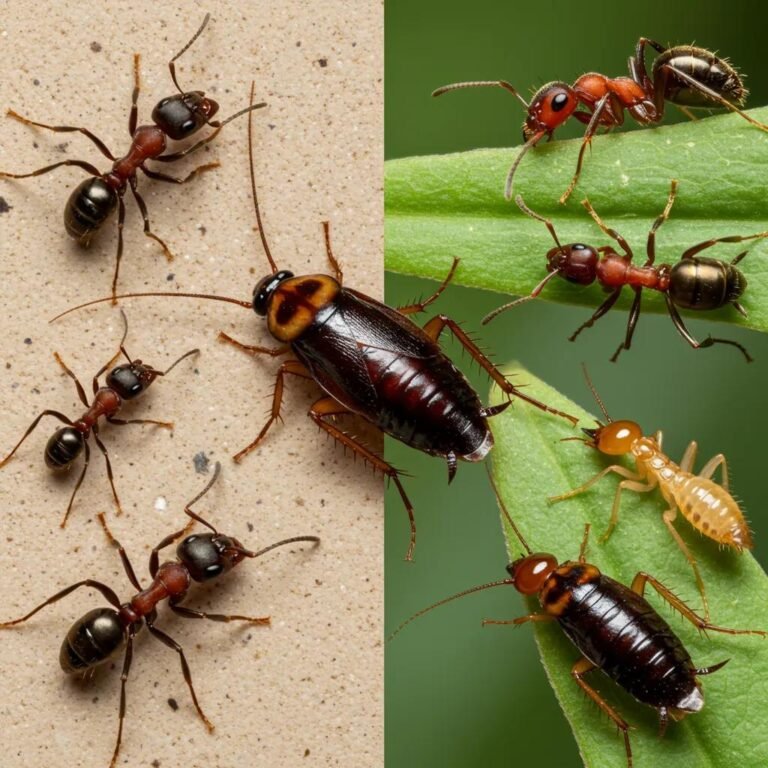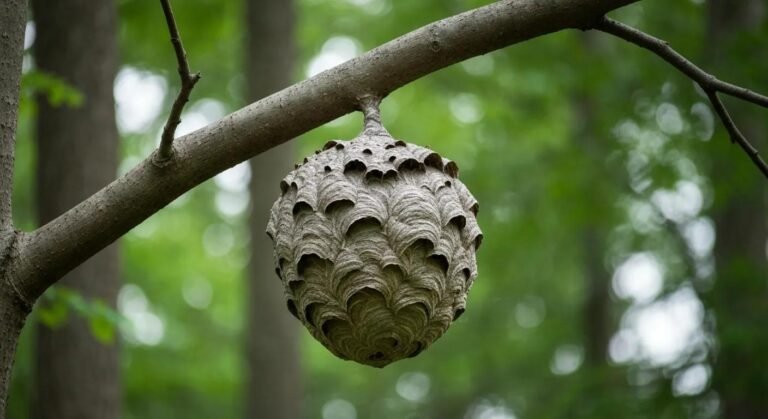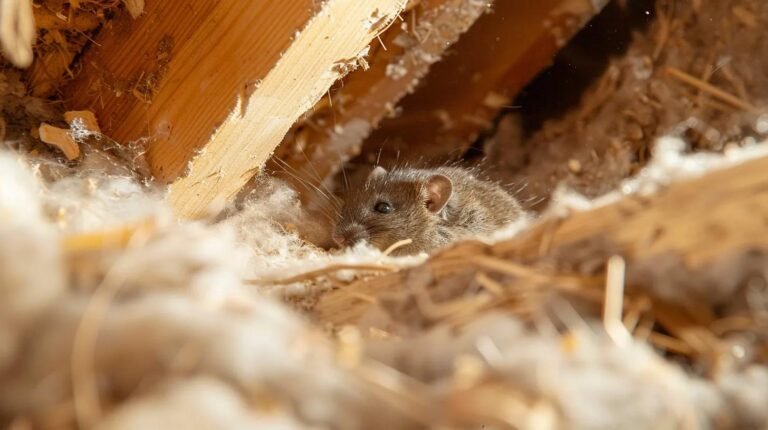5 Fall Pests to Watch for in South Florida Homes

As September ushers in the beginning of fall across South Florida, homeowners often assume that pest activity will naturally decline with the changing season. However, this assumption can lead to costly surprises as many pest species actually increase their activity during fall months, seeking shelter, food sources, and suitable overwintering locations. Understanding which pests become more active during fall and implementing proactive seasonal pest prevention measures can save homeowners significant time, money, and frustration.
Fall represents a critical transition period in the pest control calendar, as many species shift their behavior patterns in response to changing environmental conditions. While South Florida’s mild climate means that pest activity never truly stops, the subtle seasonal changes trigger instinctual behaviors that can lead to increased encounters between pests and homeowners. Professional effective pest control becomes particularly important during this transition period to prevent minor pest encounters from developing into major infestations.
1. Spiders: Eight-Legged Fall Invaders
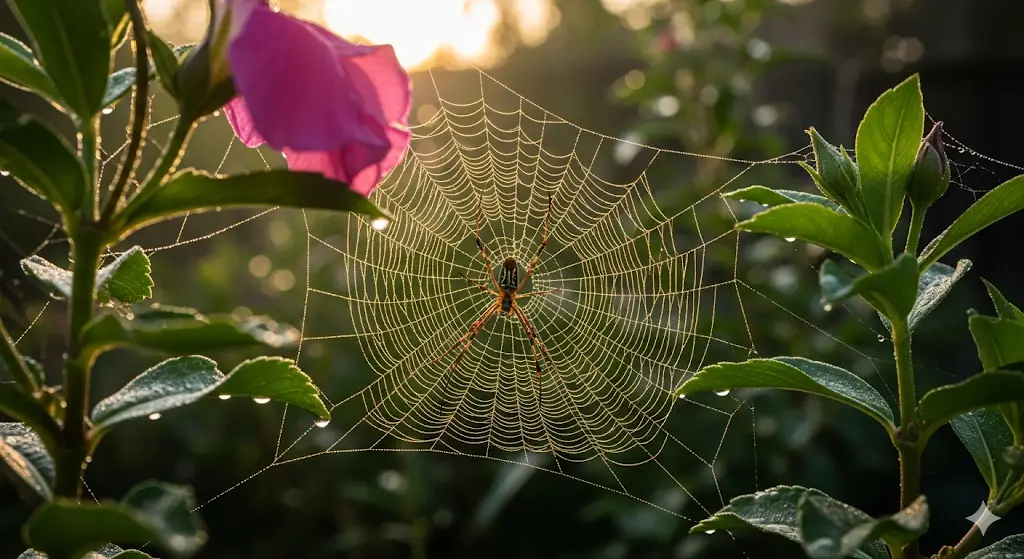
Spider activity dramatically increases during fall months as these arachnids reach maturity and begin their search for mates and suitable overwintering locations. Many spider species that have been developing throughout the summer months become fully grown adults during September and October, leading to more frequent encounters with homeowners.
Common Fall Spider Species in South Florida
The golden silk orb weaver becomes particularly prominent during fall months, spinning large webs across gardens, porches, and outdoor living spaces. While these spiders are beneficial for controlling flying insects, their impressive webs and large size can be intimidating for homeowners. Wolf spiders also increase their activity during fall as they hunt for prey to sustain them through cooler months.
More concerning are the venomous species that become active during fall months. Brown widow spiders often seek shelter in protected areas around homes, including garages, storage areas, and outdoor furniture. Black widows, while less common, also increase their activity during fall as they prepare for winter dormancy.
Prevention and Control Strategies
Effective spider control during fall months requires both exterior and interior approaches. Regular removal of spider webs from around the home’s exterior discourages establishment while eliminating egg sacs prevents future generations. However, simply removing visible webs is insufficient for long-term control.
Professional spider control treatments focus on eliminating the insects that spiders feed upon, creating an environment less attractive to these predatory arachnids. Indoor pest control measures should include sealing entry points around windows, doors, and utility penetrations where spiders commonly enter homes.
Storage areas require particular attention during fall months, as spiders seek undisturbed locations for overwintering. Regular cleaning and organization of garages, attics, and closets reduces available harborage while making spider activity more noticeable before populations establish.
2. Ants: Persistent Fall Foragers

Ant colonies undergo significant behavioral changes during fall months as they prepare for potential resource scarcity during cooler periods. This preparation phase often leads to increased foraging activity and more aggressive territory expansion, bringing ant colonies into direct conflict with homeowners.
Fall Ant Behavior Patterns
Fire ants remain active throughout South Florida’s mild fall season, but their behavior becomes more focused on resource accumulation. Colonies send out larger foraging parties and may establish satellite colonies closer to food sources, including areas around homes. These satellite colonies can quickly develop into major problems if not addressed promptly.
Carpenter ants increase their activity during fall months as they expand their nesting sites in preparation for winter. Unlike termites, carpenter ants don’t eat wood but excavate it to create nesting galleries. Fall’s moderate humidity levels create ideal conditions for carpenter ant expansion, particularly in areas with moisture problems.
Ghost ants and white-footed ants also become more problematic during fall months as they seek consistent food and water sources. These small ant species can establish multiple colonies around a single property, making control efforts more challenging without professional intervention.
Integrated Ant Management
Professional ant control during fall months requires understanding the specific species involved and their seasonal behavior patterns. Baiting strategies become particularly effective during fall months when ant colonies are actively foraging and readily accept bait materials.
Successful ant control combines exterior treatments that eliminate outdoor colonies with interior measures that prevent ant entry and establishment. Sealing entry points becomes crucial during fall months when ant colonies are actively expanding their territories and seeking new nesting sites.
Eco-friendly garden insect repellents can provide excellent ant control around landscaping while protecting beneficial insects and soil organisms. These treatments work particularly well during fall months when ant activity is predictable and concentrated around specific resource areas.
3. Rodents: Fall’s Unwelcome House Guests
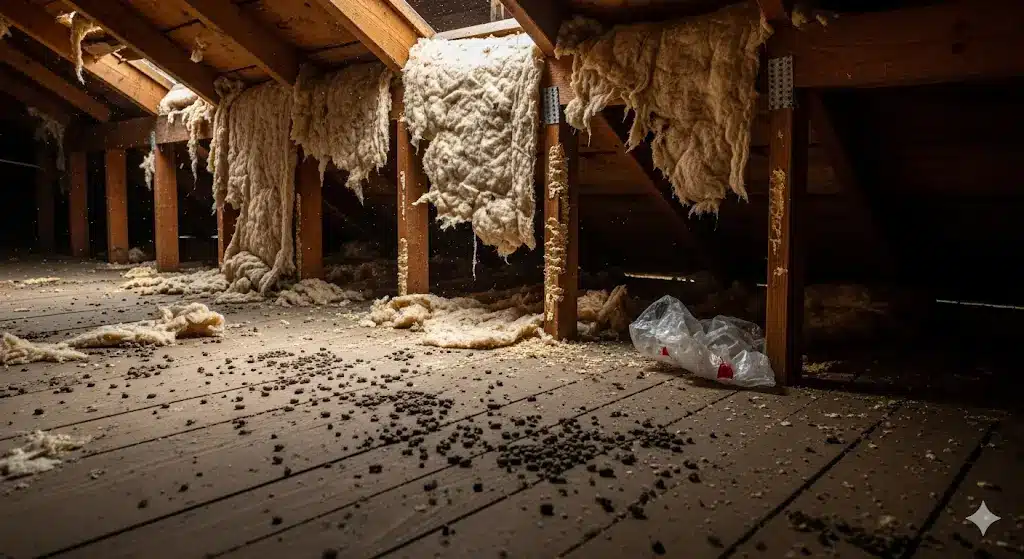
Rodent activity increases significantly during fall months as these mammals seek warm, safe locations for nesting and consistent food sources to sustain them through winter. Even in South Florida’s mild climate, the subtle seasonal changes trigger instinctual behaviors that lead rodents to seek shelter in and around human structures.
Common Fall Rodent Species
Roof rats become particularly problematic during fall months as they seek elevated nesting sites in attics, wall voids, and tree canopies around homes. These agile climbers can access homes through surprisingly small openings and can cause significant damage to insulation, electrical wiring, and stored materials.
Norway rats, while less common in South Florida than roof rats, also increase their activity during fall months. These ground-dwelling rodents often establish burrow systems under structures, in landscaping, and around outdoor storage areas. Their larger size and ground-level activity can create different challenges for homeowners.
House mice remain active year-round in South Florida but often increase their reproductive activity during fall months when conditions are favorable. A single pair of mice can produce dozens of offspring during fall and winter months, turning a minor rodent problem into a major infestation quickly.
Comprehensive Rodent Prevention
Effective rat control and extermination requires addressing both current populations and preventing future infestations. Fall represents an ideal time for implementing comprehensive rodent exclusion measures before animals establish overwintering sites.
Professional rodent control begins with thorough property inspections to identify entry points, harborage areas, and attractant sources. Many homeowners underestimate the small size of openings that rodents can exploit – mice can squeeze through openings as small as a dime, while rats can enter through holes the size of a quarter.
Seal entry points against pests becomes particularly important during fall months when rodents are actively seeking new nesting locations. Professional exclusion work addresses not only current entry points but also potential access areas that rodents might exploit as they become more desperate for shelter.
The integration of trapping, baiting, and exclusion work provides the most effective approach to fall rodent control. However, the timing and placement of these control measures requires professional expertise to achieve optimal results while maintaining safety for family members and pets.
4. Cockroaches: Resilient Fall Survivors
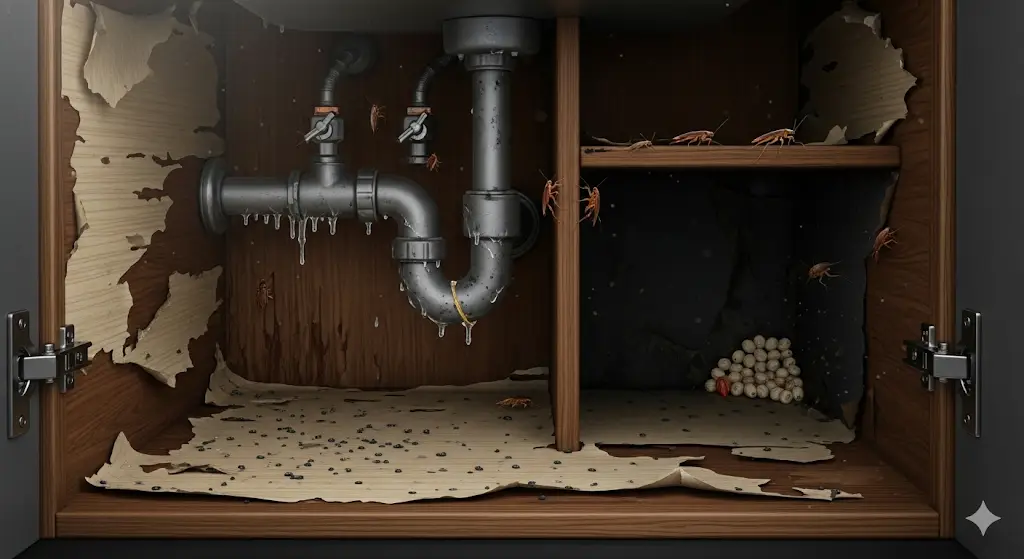
Cockroach activity often increases during fall months as these resilient insects seek stable environments with consistent temperature, humidity, and food availability. South Florida’s cockroach species remain active year-round, but fall conditions often drive outdoor populations to seek shelter in and around human structures.
Problematic Fall Cockroach Species
American cockroaches, the largest cockroach species commonly found in South Florida, often move indoors during fall months as outdoor conditions become less favorable. These large roaches typically establish populations in basements, crawl spaces, and utility areas where they have access to moisture and organic matter.
German cockroaches remain problematic year-round but can experience population booms during fall months when environmental conditions are optimal for reproduction. These smaller cockroaches prefer indoor environments and can establish large populations in kitchens, bathrooms, and other areas with food and moisture availability.
Oriental cockroaches, sometimes called water bugs, often increase their activity during fall months as they seek consistent moisture sources. These dark, slow-moving cockroaches often enter homes through plumbing connections and can establish populations in basements, utility rooms, and other damp areas.
Professional Cockroach Management
Cockroach control and extermination during fall months requires comprehensive approaches that address both current infestations and prevent future establishment. Cockroaches are notoriously difficult to eliminate once established, making prevention and early intervention crucial for long-term success.
Professional cockroach control combines targeted treatments with environmental modifications that make properties less attractive to these persistent pests. Fall treatments can be particularly effective as cockroach populations are often concentrated in specific areas while seeking overwintering sites.
Integrated pest management approaches work particularly well for cockroach control during fall months. These strategies combine chemical treatments with sanitation improvements, exclusion work, and monitoring systems that provide long-term control rather than temporary population reductions.
5. Carpenter Bees and Wasps: Late-Season Stingers
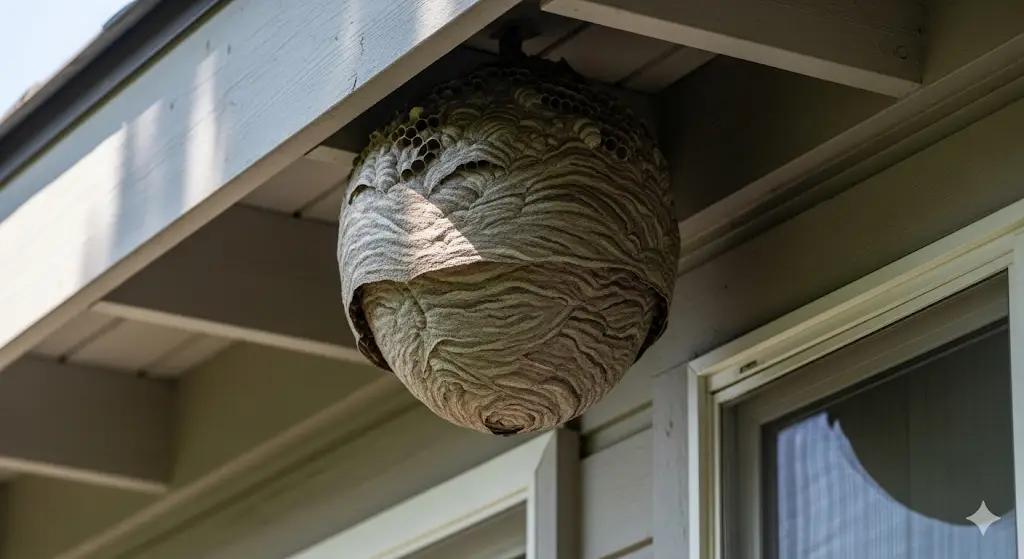
Stinging insects often increase their activity during fall months as colonies reach peak populations and workers become more aggressive in defending their nests. Additionally, many species begin searching for overwintering sites during fall, leading to increased encounters with homeowners around structures.
Fall Stinging Insect Activity
Carpenter bees become particularly problematic during fall months as they excavate nesting tunnels in wooden structures around homes. Unlike social bees, carpenter bees are solitary but can cause significant structural damage when populations establish around properties.
Paper wasps increase their defensive behavior during fall months as colonies reach maturity and begin preparing for winter. These wasps often establish nests in protected areas around homes, including eaves, porches, and outdoor storage areas.
Yellow jackets become increasingly aggressive during fall months as their natural food sources become scarce. These ground-nesting wasps may forage more aggressively around human food sources and can become defensive when their nests are disturbed during fall yard work activities.
Safe Stinging Insect Management
Professional wasp control and removal becomes particularly important during fall months when stinging insect colonies are at their largest and most defensive. Attempting to remove wasp nests without proper equipment and expertise can result in serious injuries from multiple stings.
Bee removal and control requires specialized knowledge to distinguish between beneficial species that should be relocated and problematic species that require elimination. Professional services can provide species identification and appropriate management strategies that protect both homeowners and beneficial insect populations.
Fall stinging insect control often involves treating current nests while implementing preventive measures to discourage establishment in the following year. Many stinging insect species return to previously successful nesting areas, making fall prevention work crucial for long-term control.
The Importance of Professional Fall Pest Control
The complexity of fall pest behavior patterns and the overlapping activity of multiple species makes professional intervention particularly valuable during this transition period. DIY vs professional pest control comparisons consistently favor professional services during fall months when integrated approaches become necessary for effective management.
Seasonal Treatment Advantages
Fall pest control treatments can provide extended protection through winter months and into the following spring. Professional treatments applied during fall can establish protective barriers that remain effective for months, providing excellent value for homeowners seeking long-term pest management solutions.
The moderate temperatures and reduced precipitation common during fall months create ideal conditions for professional pest control applications. Treatments applied during fall often last longer and provide more consistent coverage than those applied during extreme summer heat or winter moisture.
Preventing Winter Infestations
Many pest problems that become serious during winter months actually begin with fall infestations that go unaddressed. Rodents that establish nesting sites during fall can reproduce throughout winter, creating major problems by spring. Similarly, insects that find overwintering sites during fall can emerge in large numbers when warmer weather returns.
Professional fall pest control addresses these potential problems before they become established, providing preventive rather than reactive management. This proactive approach typically requires fewer treatments and provides better long-term results than addressing established infestations after they develop.
Climate Change Considerations
Climate change pest control factors have made fall pest management increasingly complex in South Florida. Extended warm periods and irregular weather patterns can disrupt traditional pest behavior cycles, making professional monitoring and adaptive management strategies more important than ever.
Rising average temperatures mean that many pest species remain active longer into traditional “off-season” periods, while irregular precipitation patterns can create ideal breeding conditions for various pest species during unexpected times. Professional pest control services adapt their strategies to address these changing patterns while maintaining effective protection for homeowners.
Comprehensive Fall Prevention Strategies
Successful fall pest prevention requires understanding the interconnected nature of pest problems and implementing comprehensive strategies that address multiple species simultaneously. Properties that provide ideal conditions for one pest species often attract others, making integrated management approaches particularly effective.
Moisture Management
Many fall pest problems stem from moisture issues that create attractive conditions for insects and provide drinking water for larger pests. Professional pest control services often include moisture management recommendations as part of comprehensive fall prevention programs.
Vegetation Management
Overgrown vegetation around homes provides harborage for many pest species while creating pathways for access to structures. Fall represents an ideal time for vegetation management that reduces pest pressure while improving property aesthetics.
Structural Maintenance
Fall building maintenance activities provide excellent opportunities for pest prevention improvements. Sealing cracks, repairing screens, and addressing structural issues can prevent numerous pest problems before they develop.
Conclusion
Fall pest control represents a critical investment in year-round home comfort and protection. The five common fall pests highlighted – spiders, ants, rodents, cockroaches, and stinging insects – each present unique challenges that require specific management strategies for effective control.
Understanding the seasonal behavior patterns of these pests allows homeowners to implement proactive prevention measures rather than reactive treatments after problems develop. However, the complexity of fall pest management and the potential consequences of inadequate control make professional intervention a wise investment for most homeowners.
Professional pest control services provide the expertise, equipment, and experience necessary to address multiple pest species simultaneously while implementing preventive measures that provide long-term protection. As climate change continues to alter traditional pest behavior patterns, professional pest management becomes increasingly important for maintaining comfortable, safe living environments.
Don’t let fall’s deceptive calm lead to pest problems that persist throughout winter and into the following year. Take action now to protect your home from these common fall pests through comprehensive, professional pest management strategies that address current problems while preventing future infestations.



